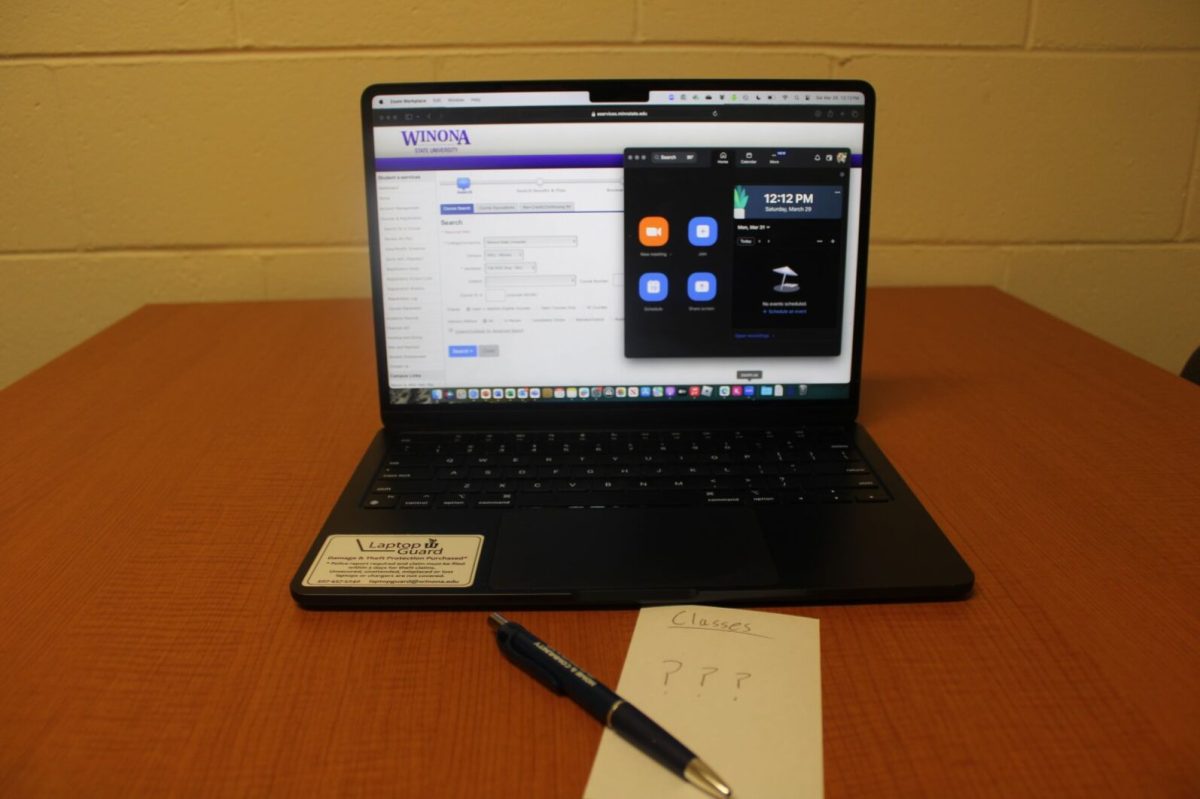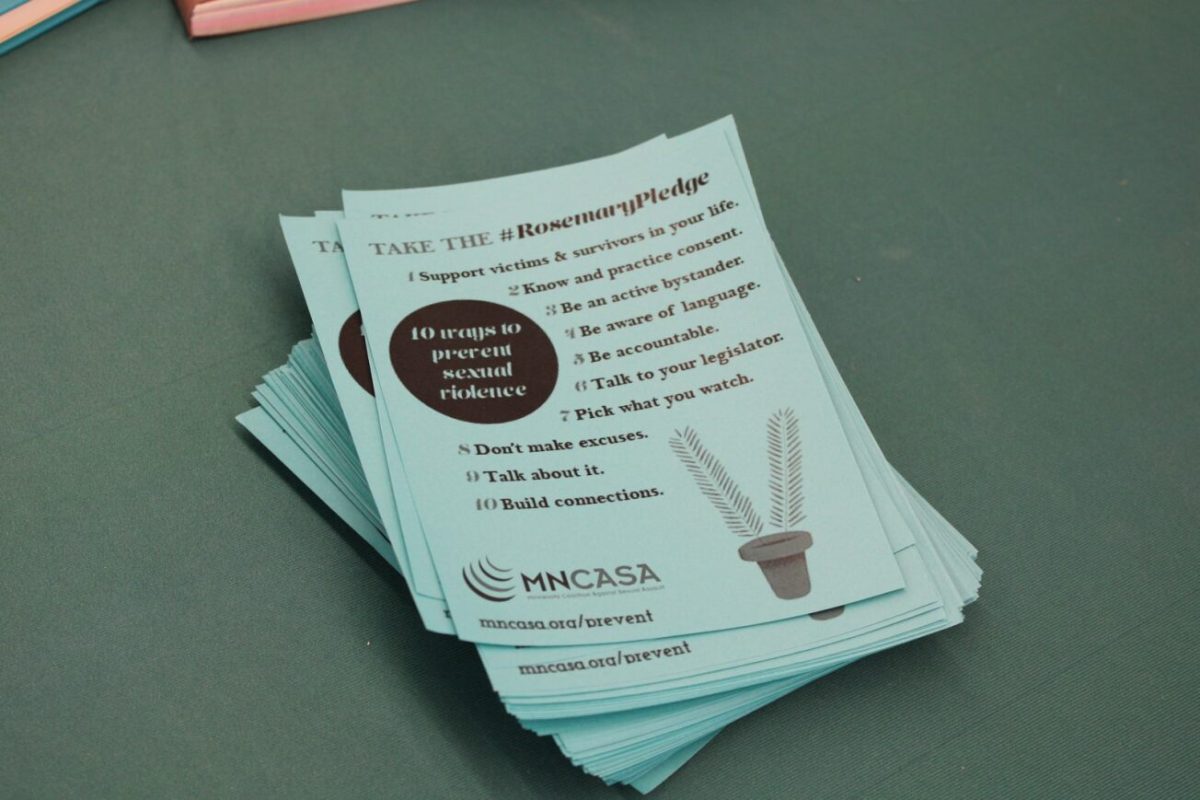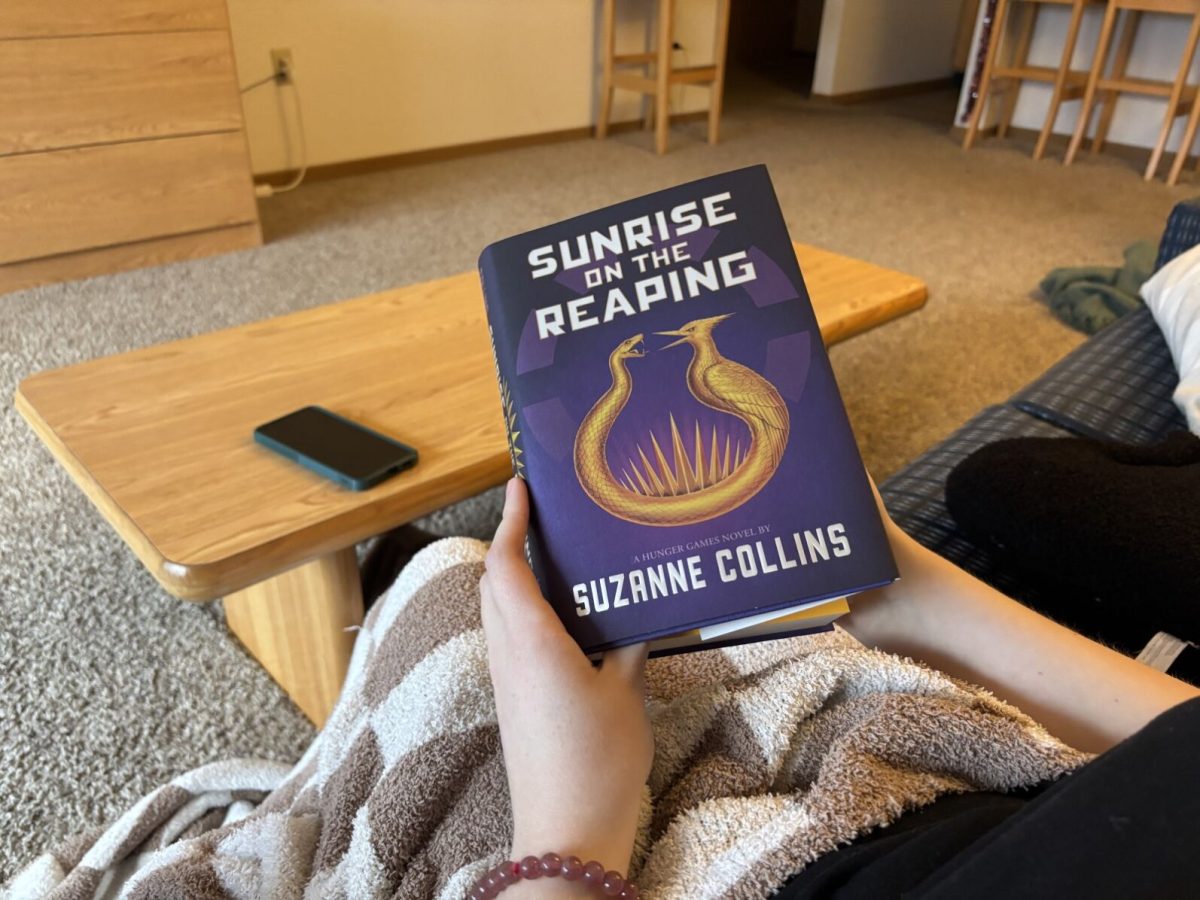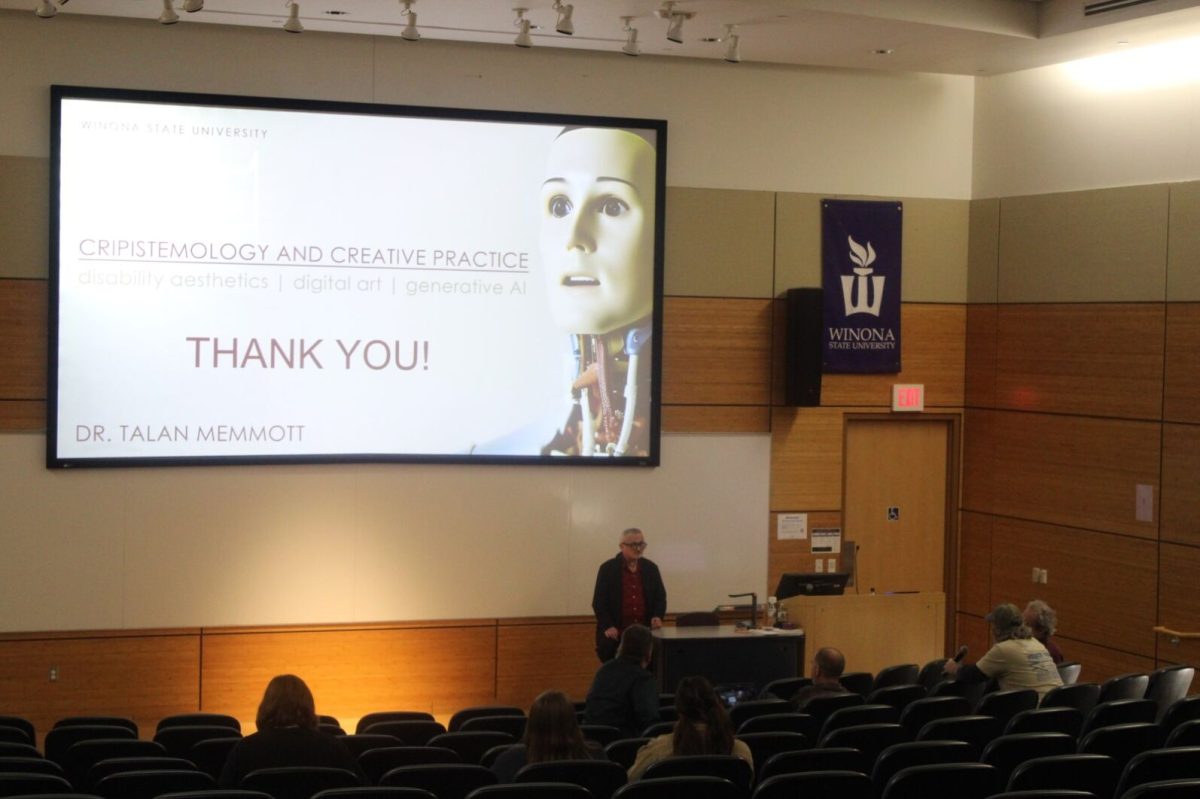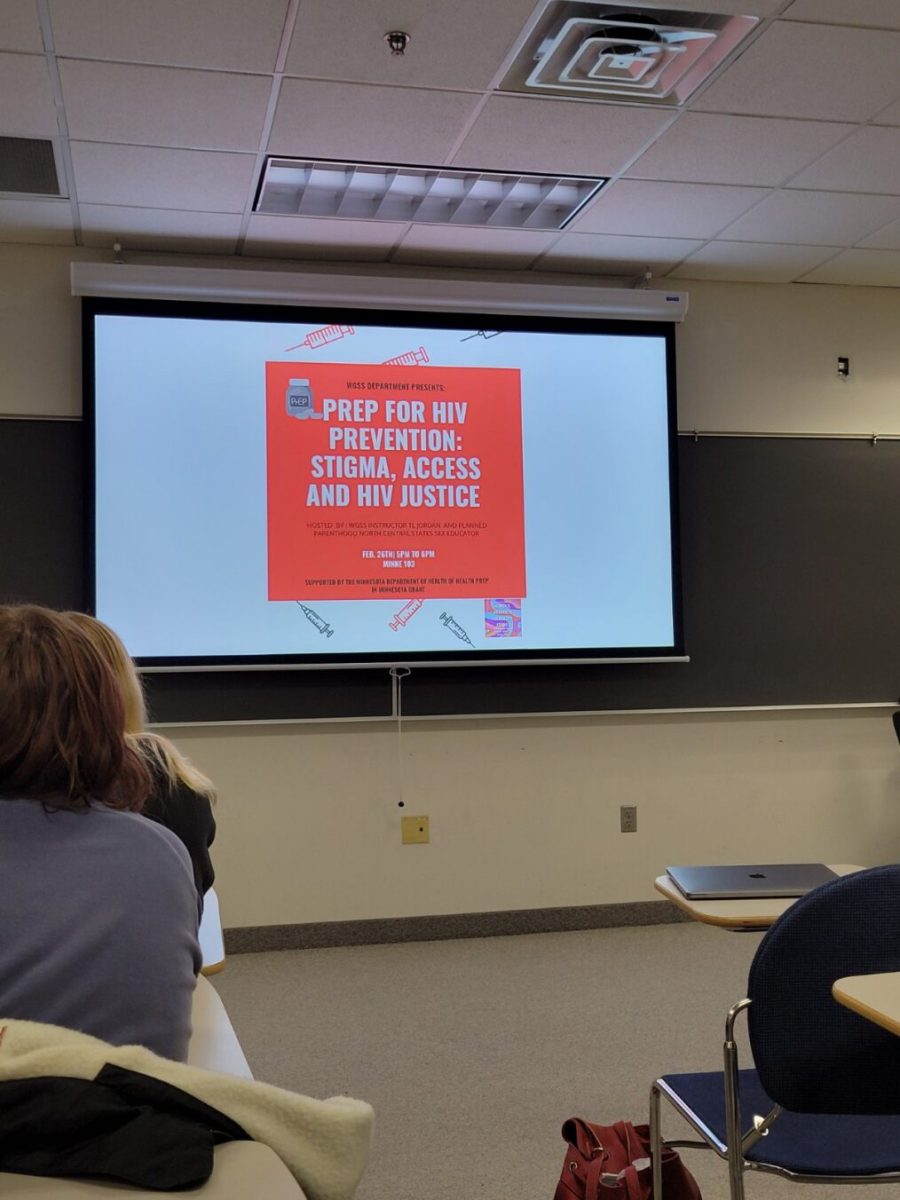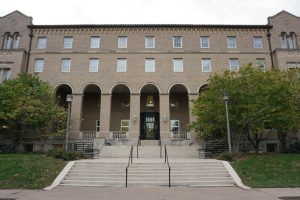Security and Fire Report explained

October 9, 2019
Winona State University Security Services released the 2019 Annual Security and Fire Safety Report to students on Sept. 27.
The Security and Fire Safety Report contains statistics from the previous three years.
Chris Cichosz, director of security at Winona State, said the university only reports on the previous three years, as the current year is not finished yet.
“When we request crime statistics, it’s not just the information that [the university] knows, it’s also the information that the local law enforcement would know as well,” Cichosz said. “They don’t have their final [numbers] until the end of the year. Crime statistics are always a year late, but the policies in the report are the current ones from the university.”
The report also contains policies that the university follows for issues related to security and also how to notify members of the Winona State community if an emergency occurs.
The report is only specific to the areas that the university owns or controls. These include Main Campus, West Campus, East Lake Apartments, Rochester campuses and other properties.
Off-campus crimes are not included in the reports.
Groups that collect statistics for the report include Winona State security, Housing and Resident Life, Student Conduct and local law enforcement.
According to Cichosz, these statistics are not used to decrease campus crime, they are used to analyze university policies. New policies that were deemed effective are added to the report to be used in upcoming years.
“Every year we look over the policies and procedures at the university and find out if they’ve changed. We also look for if the university has new things that have improved, and some of our emergency functions and university safety features,” Cichosz said.
Winona State is required to send out the Security and Fire Safety Report due to the Clery Act, which was enacted in 1990.
Jeanne Clery, the woman whom the act is named after, was raped and murdered in her residence hall at Lehigh University in Pennsylvania. After Clery’s death, it became known that there had been 38 violent crimes in the past three years at the university. These crimes had not previously been made known to university students and their families.
Clery’s parents advocated for laws that required disclosure of such information. They said that if they had known about the violent crimes taking place at Lehigh University, perhaps they would not have allowed their daughter to attend and she would still be alive today.
Cichosz elaborated on the Clery family’s advocating for disclosure of these statistics.
“They felt it was important that other parents or students, or even employees of universities and other institutions of higher education have this information,” Cichosz said. “How safe is the campus? Having that in mind, [officials] came up with the Jeanne Clery act.”




